
|
|
|
|
|
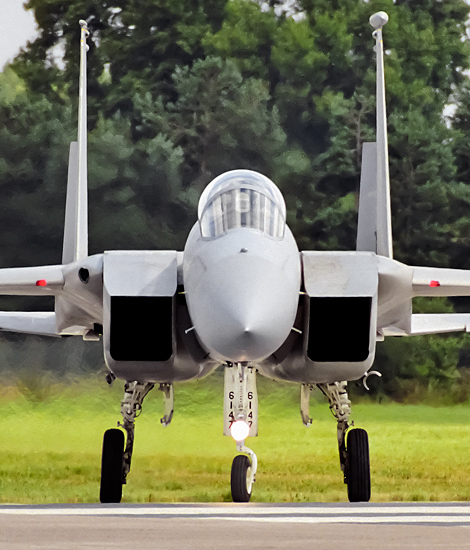
|
The Secret of Stealth, part 1; RAF Fairford, July 17, 2004
The F-117A Nighthawk at the RIAT 2004; Text and Photograph's by Alex van Noye
The RIAT at RAF Fairford is one of the rare places in the world where Stealth aircraft can be seen. The F-117A Nighthawk
and the B-2A Spirit were both present at the airshow during the RIAT in 2004. The story of this remarkable aircraft
started in the 70s at the Lockheed Skunk Works in Burbank, California.
Stealth is a group name for a series of measures which can be taken to prevent the detection of an aircraft. The best
known version of this is to minimize reflection of the radar signals, but also techniques for preventing visual detection
are part of the stealth technology. Being hidden for the enemy has been a doctrine in times of warfare. The developments
of these techniques to be invisible were just recently started, because aviation is still relatively young. In 1964, the
Soviet mathematician Pyotr Ufimtsev published an article on how waves at angles behave according to the physical diffraction
theory. In the Journal of the Institute of Radio Engineering Moscow, he showed that the efficiency of radar is drastically
reduced on basis of the shape of an object and not of its size. The work of Ufimtsev was an extension of theoretical work
which was previously published by the German physicist Arnold Sommerfeld. The Russian scientist showed he could calculate
the cross-section of the radar profile of a wing surface and its edges. The obvious and logical conclusion was that even
large aircraft could be equipped with stealth capabilities. The building of such an aircraft design was in the 60s still
not possible, because the aircraft design was aerodynamically. This had to do with the available computer technology which
was not far enough developed to create a design like this. The literature of Ufimtsev was found by an analyst from Lockheed
in the early 70s. The Americans started the development of a stealth aircraft with these characteristics. The computer
technology was now far enough developed to create the necessary models.
The need for an aircraft with stealth features started to grow during the Vietnam War. Many heavy bombers were lost
during the missions by the growing treat of advanced Soviet Surface to Air Missiles (SAM). The stealth project was
started and was conducted in absolute secrecy. The project remained top secret until the end of the 80s. The project
began in 1975 with a model called the Hopeless Diamond. The
|
|
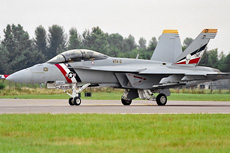
|
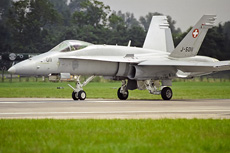
|
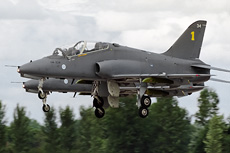
|

|
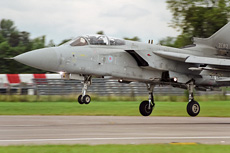
|
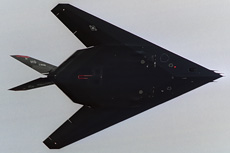
|
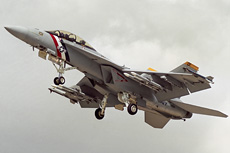
|
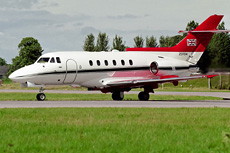
|
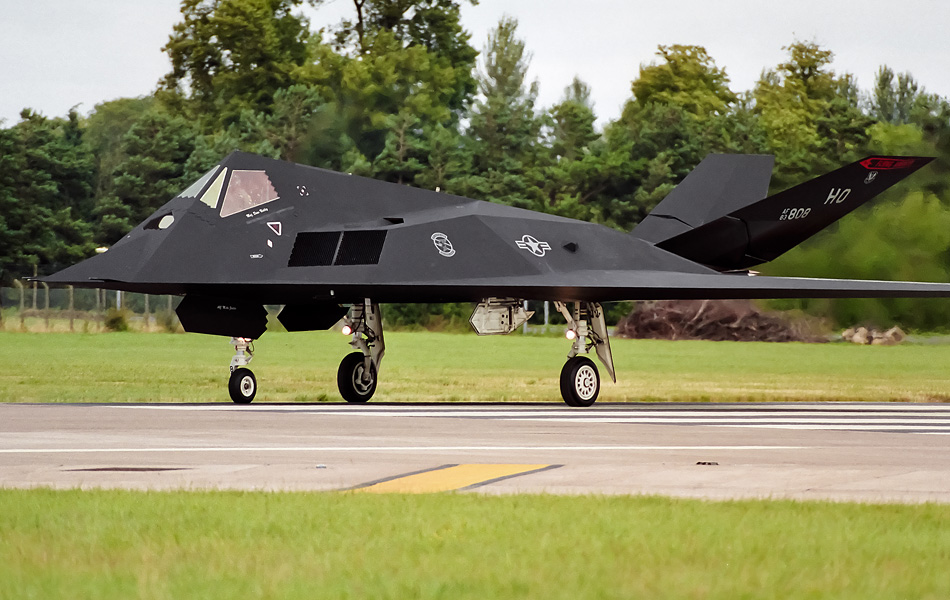
|
name of this project was based on the shape of the test aircraft. In the following years the Defense Advanced Research
Projects Agency, also known as the Skunk Works of Lockheed, made a contract to build 2 stealth fighters under the code
name Have Blue. These aircraft were smaller compared with the final design and it contained several systems from other
military aircraft. The aircraft had the engines of the T-38 Talon, the fly-by-wire system of the F-16, the landing gear
of the A-10 and the environmental systems of the Hercules. The Have Blue project was realized in a record time and within
the budget of 35 million dollars by using these existing technologies. The first flight of the first test aircraft took
place on December 1, 1977. Both test aircraft were lost during the test phase of the project. The data which was gathered
during the project was very helpful. The U.S. government funded the successor of this project due to the success of the
Have Blue project. This project included the development of the F-117A. The aircraft was conducted under the code name
Senior Trend.
The decision to produce the F-117A was made on November 1, 1978. The program was led by Ben Rich who turned on the help
of Bill Schroeder, who was a mathematician, and Denys Overholser, who was a computer scientist at Lockheed. These
scientists exploited the work of Ufimtsev. The 3 scientists developed the computer program Echo 3 to make it possible
to develop an aircraft with only flat surfaces. The planes are designed to scatter 99% of the radar profile of the
aircraft. The first YF-117A flew from Groom Lake, Nevada on June 18, 1981. The first production F-117A was delivered
in 1982. The operational status was reached in October 1983. The Air Force denied the existence of the aircraft until
1988. Only a grainy photo of the F-117 was shown at the press conference in 1988. In April 1990, 2 F-117s were flown
to the airshow at Nellis AFB in Nevada. In total 60 F-117s were built. The last aircraft was delivered on July 3, 1990.
The name F-117 will initially tell that the aircraft is a fighter. Nothing is less true, because the F-117 is chanceless
in a dogfight. The F-117A was soon nicknamed the Nighthawk, because the aircraft is in its element in the darkness of
the night.
During its early years, the F-117 fleet was based at the Tonopah Test Range in Nevada from 1984 until 1992. The aircraft
were assigned to the 4450th Tactical Group. The F-117 was during this period covered in secrecy. The 4450th Tactical Group
was officially stationed at Nellis Air Force Base in Nevada and was officially equipped with the A-7 Corsair II. The 4450th
TG was disbanded in 1989 and it was re-established as the 37th Tactical Fighter Wing. In 1992, the whole stealth fleet
moved to Holloman Air Force Base in New Mexico. The aircraft was there assigned to the 49th Fighter Wing. The first
operational deployment of the Nighthawk was in Panama during Operation Just Cause. This operation was the first evidence
that the stealth concept was effective in a war situation. The F-117 would achieve great fame during Operation Desert
Storm in the Gulf War in 1991. The F-117 was frequently used during Operation Iraqi Freedom. The Nighthawks used laser-guided
bombs at the start of the Gulf War and they destroyed almost the entire infrastructure of Iraq. The F-117s destroyed 43%
of the command and communication bunkers in the first 24 hours of the Gulf War. The rest of the targets followed within a
few days. This gave the coalition force a large tactical advantage, because the Iraqi leaders were not able to give orders
to their units. The F-117s flew over 1,300 missions and they made 6,905 flying hours. During the missions, the pilots
dropped more than 2,000 tons of precision munitions and more than 80% of the targets were eliminated. The first and only
F-117 was lost during the Kosovo War in March 1999 during Operation Allied Force. The aircraft was shot down by an SA-3
Goa missile of the 3rd Battery of the former Yugoslav Federal Army.
|
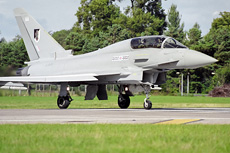
|
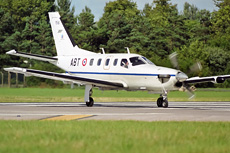
|
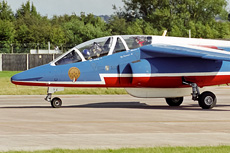
|
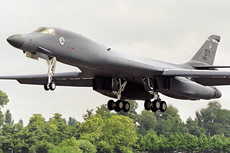
|
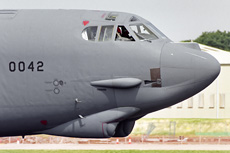
|
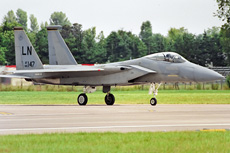
|
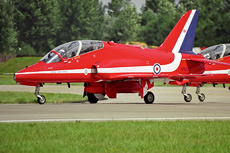
|
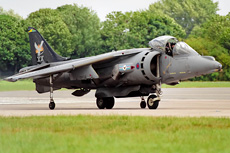
|
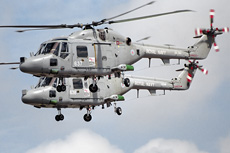
|
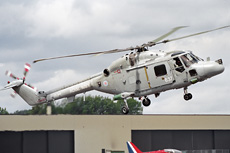
|
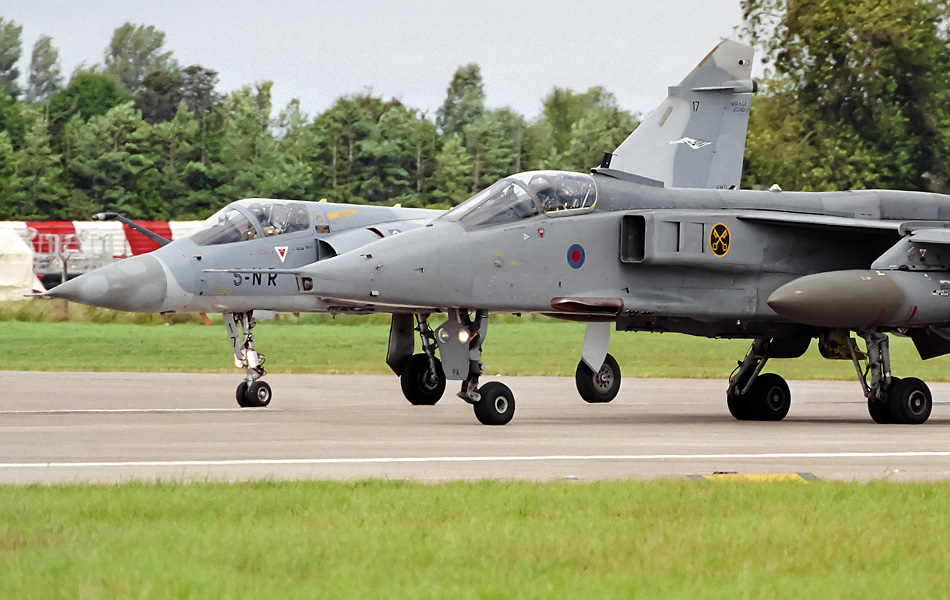
|
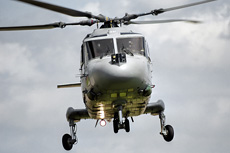
|
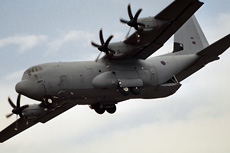
|
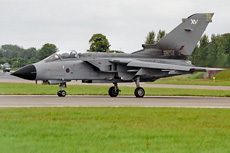
|
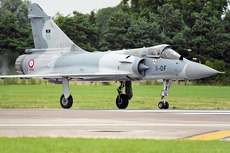
|
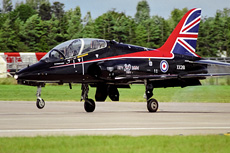
|
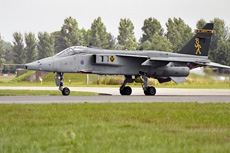
|
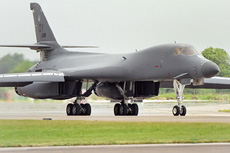
|
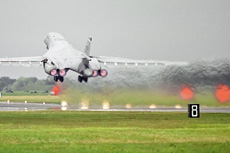
|
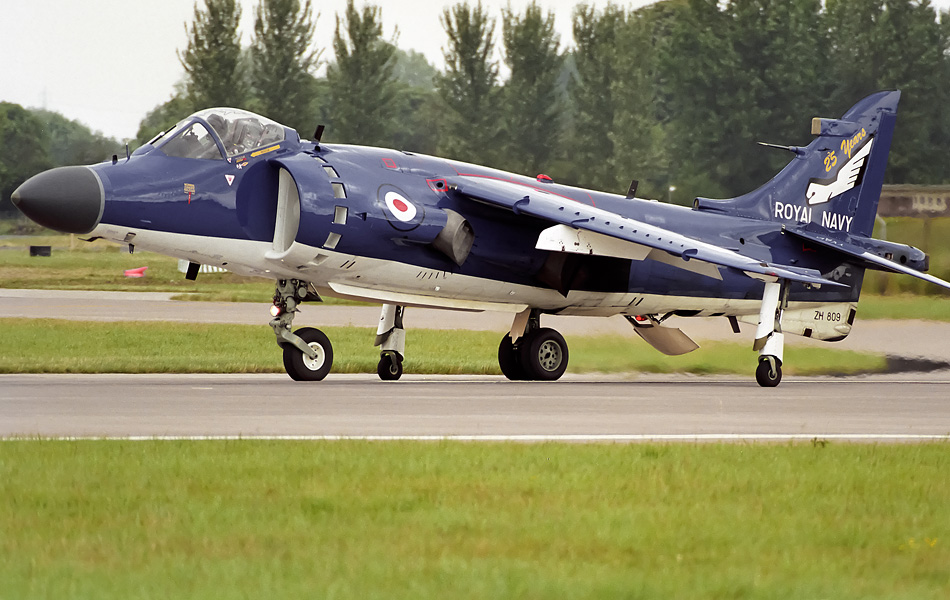
|
|
|

|







